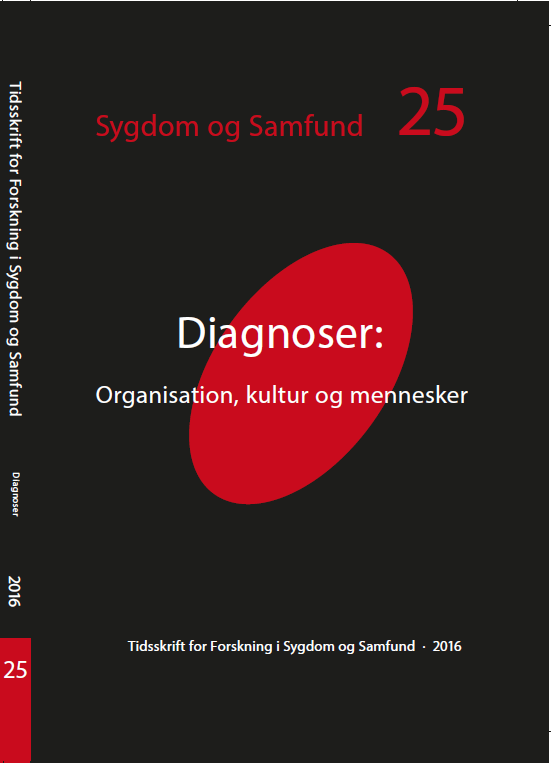Resumé
Medical anthropologists have studied a great variety of phenomena in medicine and health care across the globe. However, the field of acute medical conditions have received less attention from social sciences. In medicine, this is the field that provides the key inspiration for studies on clinical decision-making. It is the acute and dangerous diseases that receive the greatest attention and it is the medical specialities dealing with these conditions that receive the highest acclaim within the profession. In the article two cases from departments of internal medicine and surgery are presented that demonstrate that the diagnostic process is not free from influence from the clinical setting and social context more generally, but is rather dependent on it. Doctors are seen to use in their diagnostic work a combination of what is here called a local spectrum of normality, a search for available fast-track action pathways and a locally negotiated hierarchy of different sources of information. The implication of the findings is discussed against prevailing notions of diagnostic reasoning in medicine. The article is a preliminary exploration of issues that warrant more attention in future studies.

